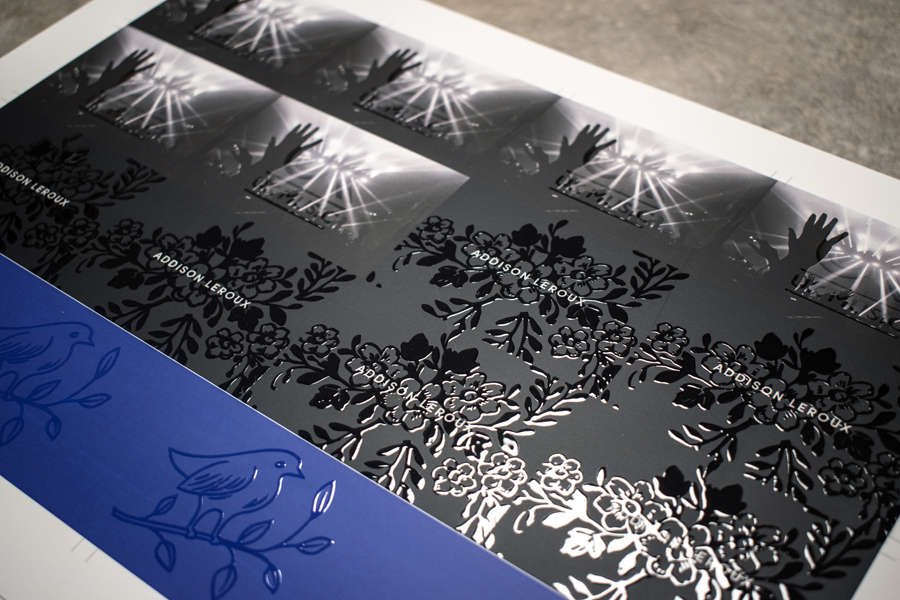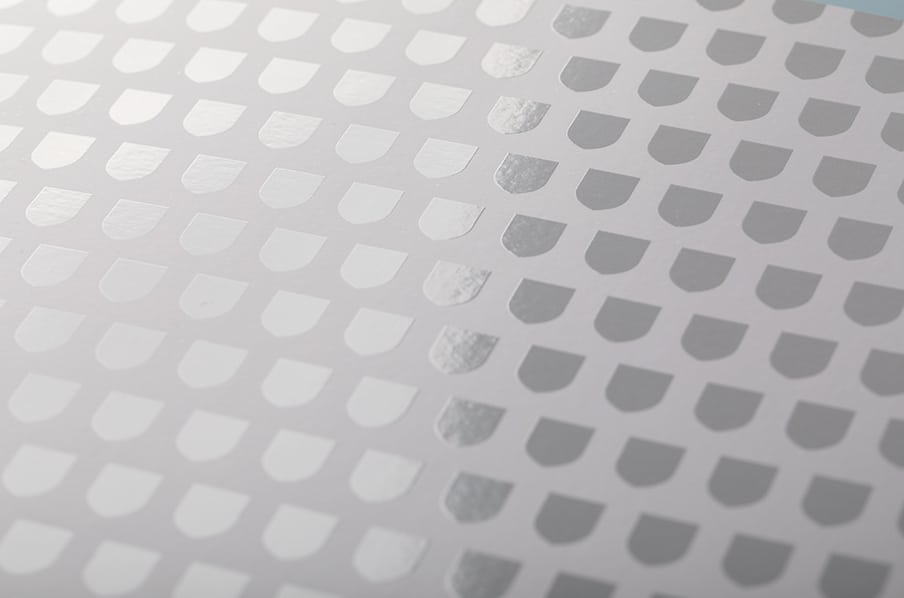UV, Aqueous & Varnish Coatings in Printing



Paper coatings are clear liquids that are applied at the end of the printing process, after the ink. Coatings provide protection against damage, and some protect against fingerprints, which is especially important for direct mail. Protective coatings are spread across the entire press sheet, called a “flood coat”. These coatings are available in a variety finishes, textures and thicknesses, which can be used to adjust the level of protection. Paper coatings are by far the most common way to protect the final printed pieces. They provide light to medium protection at a relatively low cost.
Spot coatings are applied to precise points on the paper to achieve different visual effects that are revealed when the light shines on the spot coating. Tinted coatings allow the spot coating to be visible even when the light is not shining directly on it, creating a subtle effect similar to jacquard fabric. Spot coatings add an eye-popping, “wow” factor to the final piece. Such coatings are a good example of attention-getting finishes.
Some coatings even out the reflective qualities of the paper and inks and make the entire piece look more professional. There are coatings that go beyond visual appeal and encourage the end-user to touch the piece. Tactile coatings are quite popular and leave a lasting impression with your audience.
In fact, paper coatings are the finishing touch that really make your project stand out, and should be considered at the very beginning of the graphic design process. This article will discuss the various types of coatings that are offered by most commercial printers.
UV Coatings
Probably the most popular coating is “UV” or ultraviolet coating. Once it is applied to the press sheets, the press sheets are exposed the ultraviolet light to polymerize and harden the coating. Then the press sheets are cut down to create the final printed pieces. UV coatings can be used as a flood coat or a spot coating, although UV coatings are not as precise as Varnish. UV coatings are available in high gloss, matte or satin finish. A wide variety of specialty UV coatings can be had, including glitter, tints and even scents!
Aqueous Coatings
Low cost and water-based coatings are aqueous coatings. These are typically applied in a flood coat to provide protection from fingerprints and scuff marks. Aqueous coatings have other advantages, too: high abrasion and rub resistance, a shiny and smooth texture, and fast drying, which means that your project is completed quickly.
Because they seal the ink from exposure to the air, they can help prevent metallic inks from tarnishing. Aqueous coatings can be written on, which is useful for business cards, handouts and brochures. There are specially formulated aqueous coatings that can be overprinted by a digital press or desktop printer, making aqueous coatings very useful for direct mail projects. Aqueous coatings are available in glossy or matte finishes. But aqueous coatings cannot be applied with precision, and therefore are not recommended for spot coating applications.
Varnish
Varnishes are available in gloss, satin or dull finishes, with or without tints and have a low cost. They can be flooded across the entire press sheet, but their biggest advantage is that they are excellent for intricate spot coatings. Varnishes offer a relatively low degree of protection compared to other coatings. Over time, varnishes tend to yellow, but the yellowing is only noticeable where there is no ink on the paper. Some kinds of paper reveal yellowed varnish more than others.
In Conclusion
Every type of coating has its technical limitations. Coatings can be affected by the surface texture of the paper, heat, and the type of printing inks used. Some coatings can be subject to chemical burning. Other coatings are adversely affected by the passage of time. We recommend that you consult a commercial printer at the start of the graphic design process to discuss your choices of paper, inks, and coatings in order to ensure that your goals are met.
